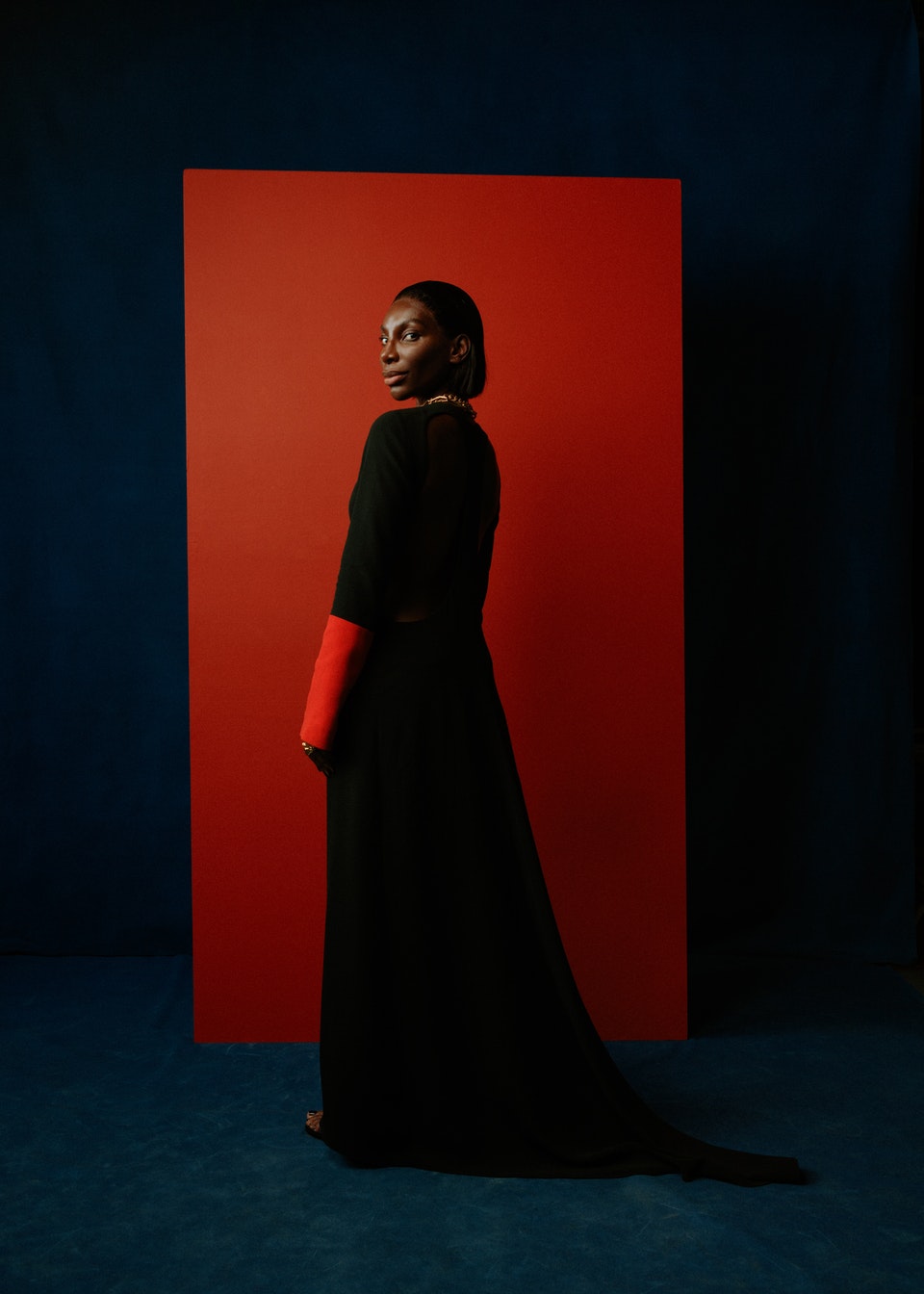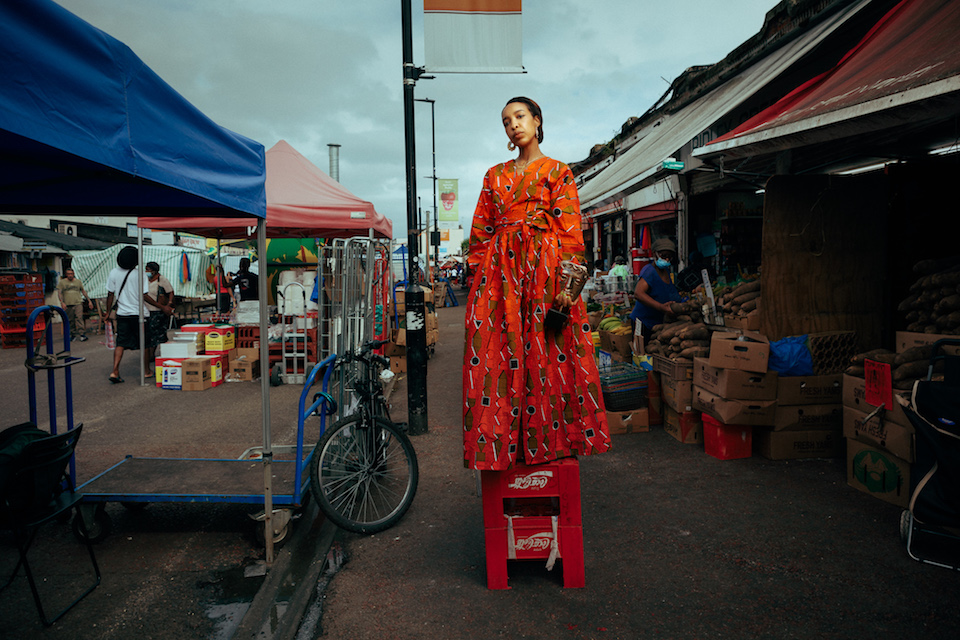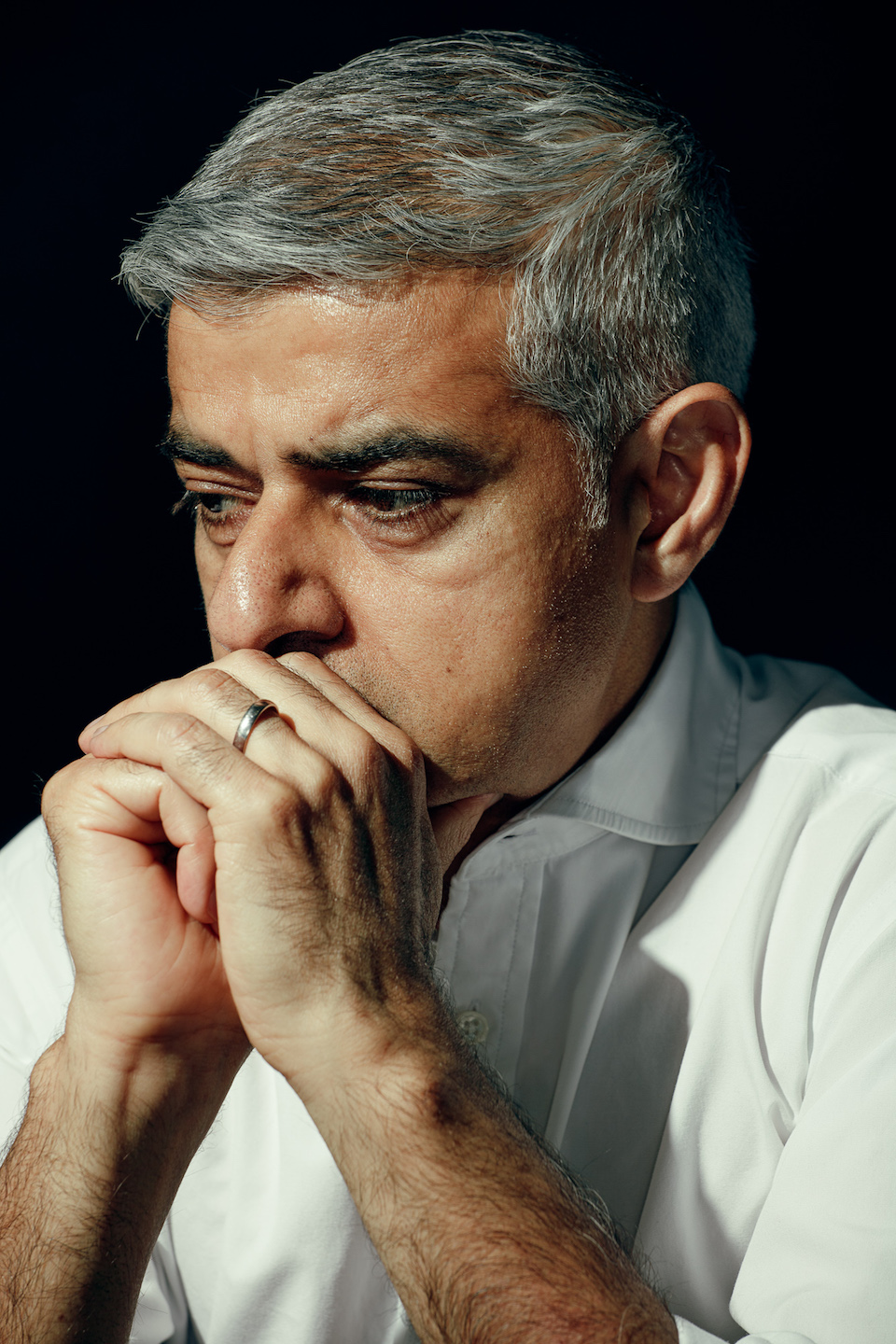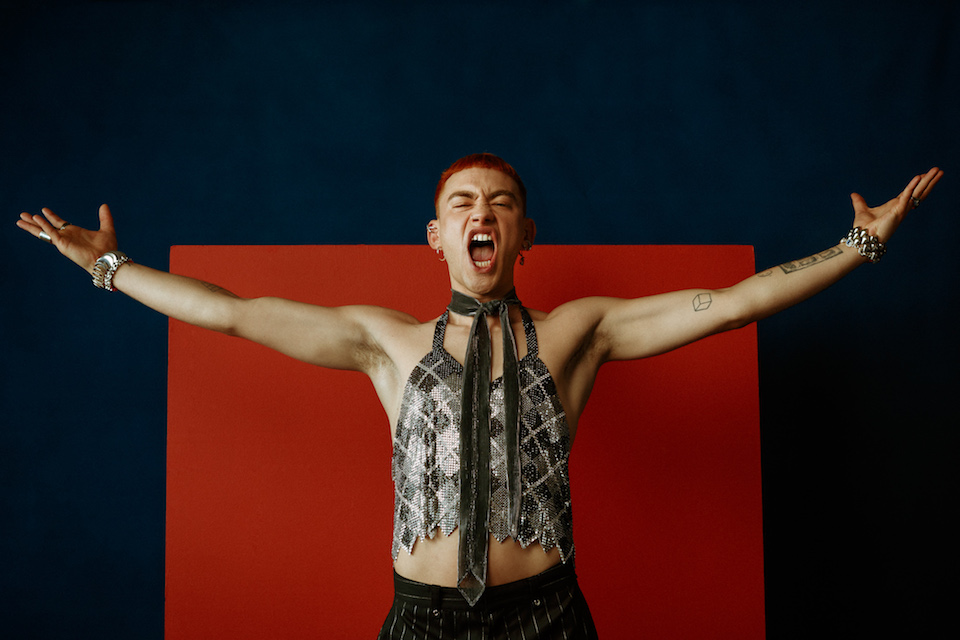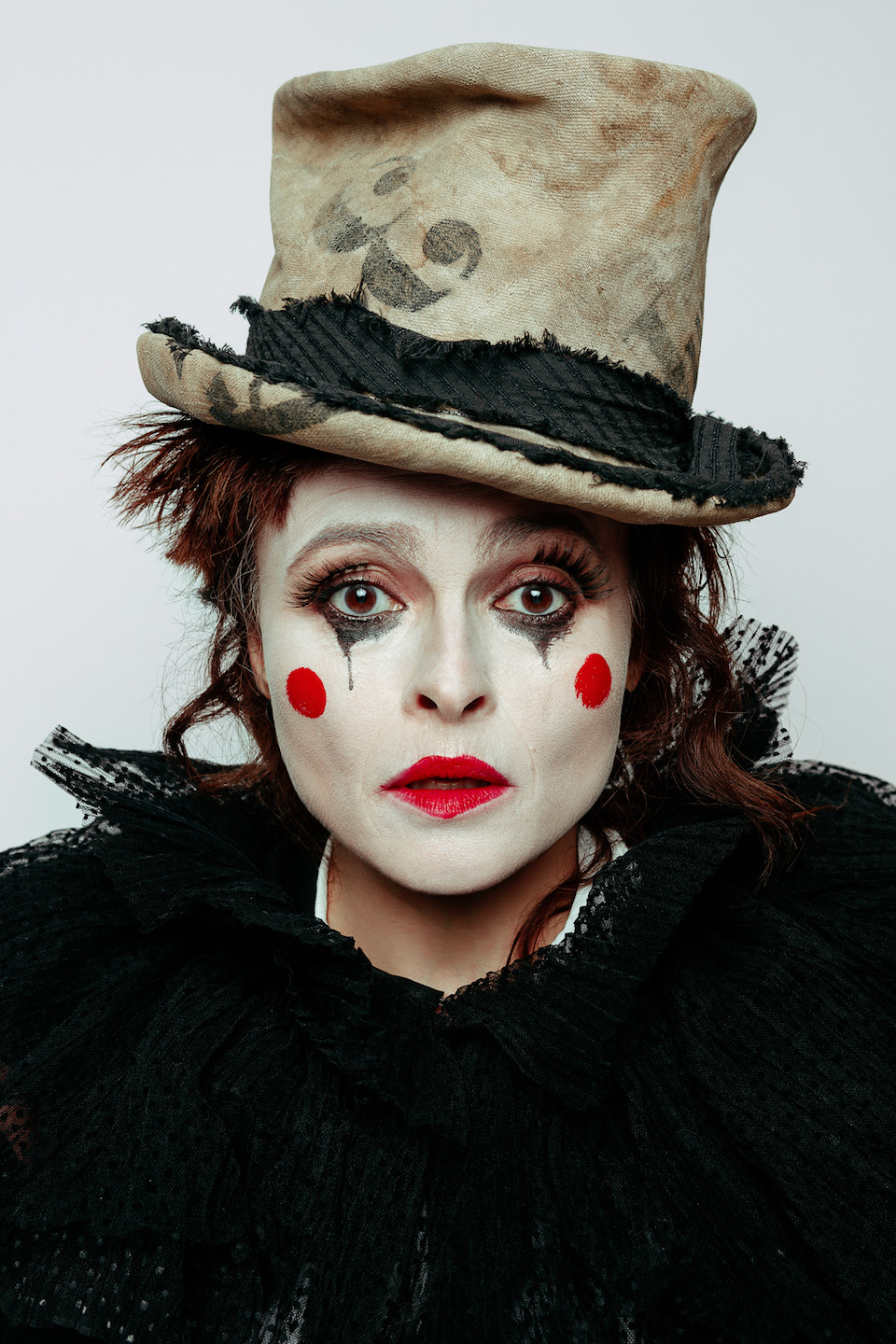Above: Image © Charlie Clift/BAFTA, Portrait of Britain 2021 Winner.
Portrait of Britain winner Charlie Clift on the privilege of photographing someone moments after a life-defining event. His subject? Michaela Coel
Cast your mind back to England’s first lockdown. Amid the unspeakable, the nation was navigating a new way of living. You may remember the hot weather, videos of dads dancing in flip-flops and perhaps even the television drama, I May Destroy You. The series, written by and starring Michaela Coel, explores themes of sexual assault and rape. Contrary to the serious subject matter, the show is funny. Really funny.
I May Destroy You quickly became a television sensation, but also a cultural and societal talking point. At the risk of providing a spoiler, what happens in the programme is not rare, dramatised for the purpose of television; sadly, far too many women can relate.
Fast forward to 2021, and this is where photographer and Portrait of Britain winner Charlie Clift comes in. As BAFTA’s official portrait photographer, Clift was tasked with capturing the official portrait of each BAFTA winner moments after they stepped off stage. One of the winners was Coel. The portrait Clift took of the actress and writer was later selected as a Portrait of Britain-winning image and subsequently exhibited in public spaces across the UK.
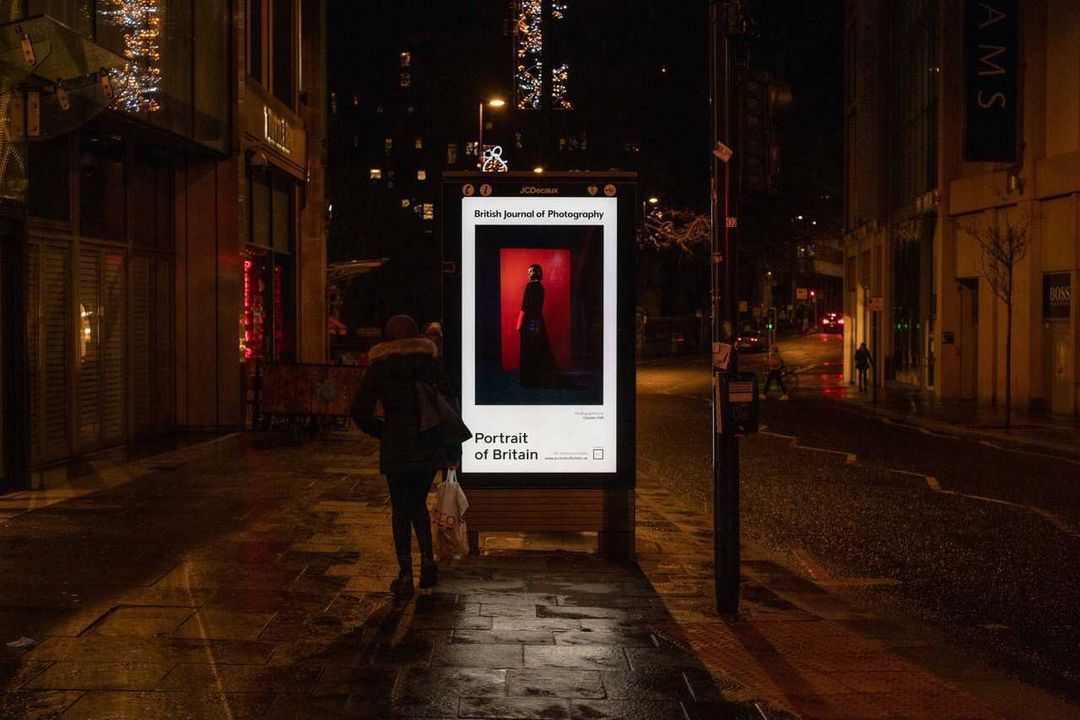
“The wonderful thing about award ceremonies is that they are incredibly intense,” reflects Clift. “You get this really short, highly emotional interaction with people that have just won a life-changing award.” The scenario has all the makings of an evocative, emotionally charged portrait, something the Portrait of Britain judges picked up on. Coel swept the floor with two award wins: a BAFTA for Best Actress and another for Best Mini Series. “When this portrait was taken, Michaela had just won the second award of the evening,” recalls Clift. “She arrived backstage overwhelmed by everything, and that is when she came to me, and we had those couple of minutes together.” The resulting portrait is contemplative in expression, striking in stance and backdrop. With Coel’s long, silhouetted gown and the contrast of black against red, the portrait has an air of ethereality. Fitting for a series of such cultural splendour.
On the evening of the BAFTA ceremony, Clift works out of a studio “squeezed somewhere backstage”. He pins a hundred or so reference images to the wall – a guide for his subjects as to the sort of stances as well as the expressions and emotions he wants to elicit. He makes the set as adaptable as possible: directional yet broad lighting, a painted floor and backdrop, shapes that can be moved in and out of shot. “My aim is not to create a set of repeatable formulas that work with everyone,” says Clift, “but to create individual portraits that represent each person.
“It is a real honour to share that moment with them and capture an image that will stand the test of time –something that will be beautiful and representative of who they are and what they have achieved.”
While some photographers can take hours, even days, to perfect a portrait, in his work for BAFTA, Clift does not have that time. Typically he will have just five minutes with each award winner. “I work in a very intense and immediate way,” he says. “Over time, I have built up ways of creating an instant connection with people. I have to ignore the normal pleasantries and small talk. I dive straight in.”
Clift later submitted the portrait of Coel to Portrait of Britain. The UK’s largest annual photography exhibition, the award is run by British Journal of Photography in partnership with JCDecaux and sees 100 winning portraits beamed into public spaces across the UK. Shortlisted photographs are featured in a photobook printed by Hoxton Mini Press. As a photographer specialising in portraiture, Clift was not short of images to submit to the award. It was, however, this shot of Coel that stood out when contemplating the Portrait of Britain brief: an image that captures the face of modern Britain.
“I May Destroy You was a game-changing series,” says Clift, speaking of why it was Coel’s portrait that he chose to submit. “It was so powerful: shattering taboos and making people talk about things that haven’t been spoken about before. It was such a moment in that year, and Michaela was such a pivotal figure.”
One of the attractions of Portrait of Britain is its unique public nature. For one month, JCDecaux fills many of its billboards across the UK with Portrait of Britain winning photographs.
“It is surreal,” says Clift, speaking of seeing his portrait exhibited in public. “I remember one particular day where I had just hopped on a bus going over Waterloo Bridge. Suddenly, on a giant billboard, there was Michaela, looking over the whole city. People were sending me pictures of the portrait across the country too – in train stations, on billboards. It just felt so right that she was being seen in that way.
“In today’s world, when images are so often looked at for half a second on a feed, it is nice to see them out in the world where people can just come across them.” Once more, displaying images in such a public way takes the exclusivity out of art. In that sense, Portrait of Britain democratises photography. “It is important that art is not locked in a white room where people feel that they have to be special to see it,” says Clift. “It is important that people get to see it. It is made for everyone.”

